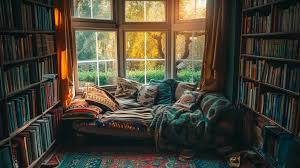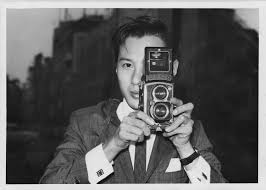
The Renaissance, spanning roughly from the 14th to the 17th century, was a period of extraordinary artistic, cultural, and intellectual activity that profoundly influenced the development of Western civilization. Central to this era was the revival of classical philosophy, particularly that of ancient Greece and Rome, which permeated every aspect of Renaissance life, including art. It began with Cosimo de Medici and the translation of Plato philosophy into Italian. It became his passion and launched the mainstream art world into platonic ideals. This blog post delves into how philosophical ideas shaped the art of the Renaissance, highlighting key philosophical influences and their manifestations in the works of the era.
The Revival of Humanism
At the heart of the Renaissance was the philosophy of humanism. Humanism emphasized the potential for individual achievement and the pursuit of knowledge. It was a departure from the medieval focus on divine and religious subjects, directing attention instead to human beings and their experiences.
Humanist Influence in Art:
– Realism and the Human Form: Humanism inspired artists to study anatomy and the natural world meticulously, leading to more realistic and lifelike representations of the human body. This can be seen in the works of Leonardo da Vinci, whose sketches and paintings, such as the “Vitruvian Man,” reflect a deep understanding of human anatomy.

– Portraiture: The Renaissance saw a surge in portraiture, celebrating individualism and the unique qualities of the human subject. Artists like Hans Holbein the Younger captured the personalities and status of their sitters with great detail and realism.
– Classical Themes: Humanists revered classical antiquity, and artists drew inspiration from ancient mythology, literature, and history. Botticelli’s “The Birth of Venus” and Raphael’s “The School of Athens” are prime examples where classical themes and figures are central.
Neo-Platonism
Neo-Platonism, a revival of the ideas of Plato, significantly influenced Renaissance thought and art. This philosophy emphasized the existence of a perfect realm of forms and the pursuit of spiritual and intellectual enlightenment.
Neo-Platonic Influence in Art:
– Symbolism and Allegory: Renaissance artists often used symbolism to convey philosophical and spiritual messages. Michelangelo’s works, such as the Sistine Chapel ceiling, are imbued with complex iconography that reflects Neo-Platonic ideas about the divine and the human quest for knowledge.

– Ideal Beauty: Neo-Platonism encouraged artists to depict idealized forms, representing the perfect beauty and harmony found in the realm of ideas. This pursuit of ideal beauty is evident in the serene and balanced compositions of Raphael and the sculptures of Michelangelo, such as his “David.”
Aristotelianism
Aristotelian philosophy, with its emphasis on empirical observation and the study of nature, also left its mark on Renaissance art. The works of Aristotle, rediscovered and translated during the Renaissance, offered a framework for understanding the natural world and human experience.
Aristotelian Influence in Art:
– Observation and Naturalism: Artists embraced Aristotle’s empirical approach, leading to a greater emphasis on naturalism and detailed observation. This is evident in the meticulous landscapes of artists like Albrecht Dürer and the scientific studies of Leonardo da Vinci.

– Perspective and Proportion: The Aristotelian focus on proportion and harmony influenced the development of linear perspective, a mathematical approach to creating the illusion of depth on a flat surface. This technique was perfected by artists such as Filippo Brunelleschi and applied masterfully by painters like Masaccio and Piero della Francesca.
The Influence of Ethical and Political Philosophy
The ethical and political philosophies of the Renaissance, particularly those of Niccolò Machiavelli and Thomas More, also found their way into art, reflecting the complex social and political contexts of the time.
Political and Ethical Influence in Art:
– Moral and Political Themes: Artists often explored moral and political themes in their work. For example, Ambrogio Lorenzetti’s frescoes in the Palazzo Pubblico of Siena, “The Allegory of Good and Bad Government,” depict the effects of virtuous and corrupt leadership.

– Portraits of Leaders: The rise of powerful city-states and influential families led to the commissioning of portraits that conveyed authority, virtue, and the philosophical ideals of rulership. Titian’s portraits of Venetian doges and Holbein’s portrayal of Thomas More illustrate this trend.
Conclusion
The Renaissance was a period where art and philosophy were deeply intertwined. The revival of classical philosophies, the embrace of humanism, and the integration of empirical observation all contributed to the extraordinary advancements in art during this era. Renaissance artists were not only creators but also thinkers who engaged with the philosophical currents of their time, leaving a legacy that continues to influence the art world today. Through their works, they demonstrated that art could be a profound reflection of human thought, beauty, and the pursuit of knowledge.



One comment on “The Influence of Philosophy on Renaissance Art”